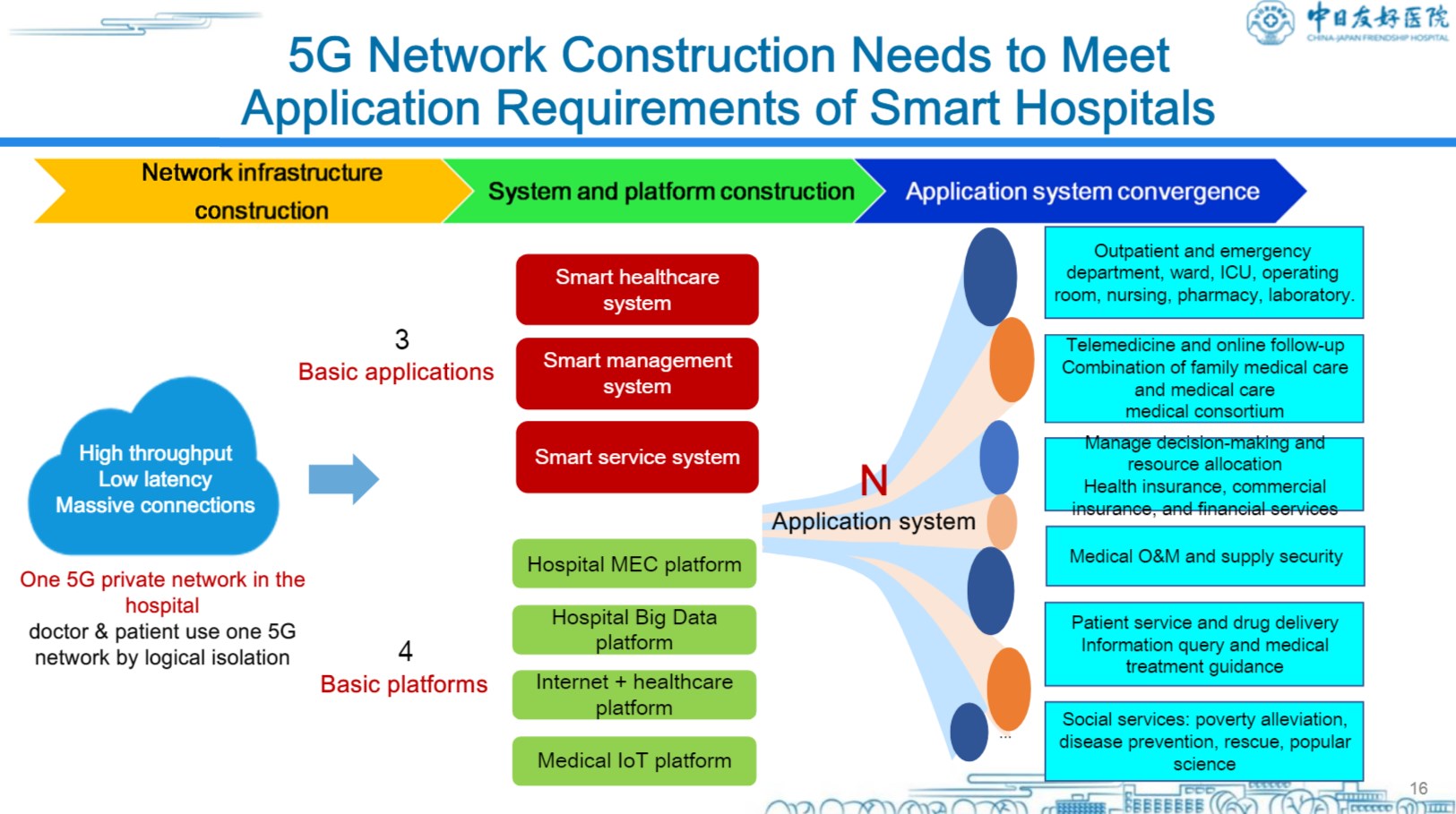As 5G deployment plods along in Canada, the next-generation wireless standard has already been adopted by healthcare practitioners in China. At the Huawei Global Analyst Summit 2020, Dr. Lu QingJun, director at China-Japan Friendship Hospital and a full-time remote healthcare practitioner, shared his thoughts on the impact of the higher quality networks on hospitals of the future.
Related:
Lu gave a personal example by describing one of his previous remote cases at a primary care hospital. In his scenario, the patient had to wait for 25 hours to receive a consultation, due in large part to the 12GB of data that had to be sent over the network. Lu said that with 5G, that time can be cut to just “dozens of minutes”. The dataset is amplified for patients who need multiple tests, such as CT scans and electrocardiograms.

When describing telemedicine, Lu precited that data, technology, and intelligence will become inseparable from healthcare. Although the course has been set, Lu also noted the perpetual battle to improve privacy and secure data transmission, all of which require new infrastructure for the intelligent hospital.
“We’ve always said that it’s not necessary to replace 4G with 5G in all cases, so we need to identify those cases where only 5G is able to support,” said Lu, noting that the introduction of technology built on 5G should not impede the efficiency of existing workflows.
The conversation then naturally leads to whether existing technologies like fibre internet could fill these roles.
“Hospitals already have fibre access, so do we actually need 5G?” Lu asked rhetorically. “You only say that because you don’t understand 5g…we need mobility, but not only that, we need to upgrade our equipment and currently our equipment is wired.”

Network infrastructures will be the backbone to facilitate new communication demands. Thus, its development needs to keep pace with the ICT industry. Because telemedicine is still relatively new, the industry needs to generate new scenarios as testbeds for these newer technologies, Lu explained. These new use cases, whether they’re generated naturally by demand or synthetically, will help push along the development of these new technologies.
For example, 5G’s massive bandwidth improvements could remove the bottleneck present in real-time communication and medical imaging. Increased bandwidth enables more immediate, higher quality remote checkups. It could also simplify the diagnostic process by enabling services like real-time remote full-body scanning, a procedure that generates large image files.

Another factor that affects performance is latency. The ITU-R defined Ultra-Reliable Low Latency Communications (URLLC) as one of 5G’s main applications. In a highly-technical and mission-critical application like healthcare, low latency is a key concern.
“The 4G technologies are not enough to meet our needs,” Lu pointed out. “In the past, we compressed the data to make it fit into the smaller pipe. And the 4G latency was not acceptable. For 5G, the latency is very low. It’s almost a real-time so the doctors can get real-time data transfer to provide better services to the patients, especially when we talk about the complex and difficult.”
He specified remote monitoring, remote analysis, remote robotics, and remote visit as crucial areas of focus. He said that while doctors understand the benefits of remote practices, vendors are not yet prepared to manufacture this equipment due to inadequate certification and qualifications.
There are more than 13,000 secondary–or specialist–hospitals in China, and adding telemedicine capabilities to them all would incur significant cost. With that said, developing remote healthcare also stimulates new business opportunities for carriers.
Moreover, Lu said that the entire network stack–the slices, transport network and edge computing could all benefit from being supported by 5G technologies. The benefit isn’t limited to telemedicine but the communication industry as a whole.
In addition, 5G could help to streamline a hospital’s logistic operations like payment. China’s mobile payment system is the most established in the world by far. In 2019, over 81 per cent of the country’s smartphone owners frequently pay through proximity mobile systems such as QR codes. But while China’s digital commerce is being developed at an explosive pace, hospitals of the future will demand more robust transaction support.
“We need to have innovation in the healthcare service provision,” said Lu. “And and we also need to have some payment assurance like basic medical insurance, commercial insurance, and also some banking services support. And that has high requirements on computing on storage and on data processing. These requirements will only be satisfied by adding new ICT technologies.”


